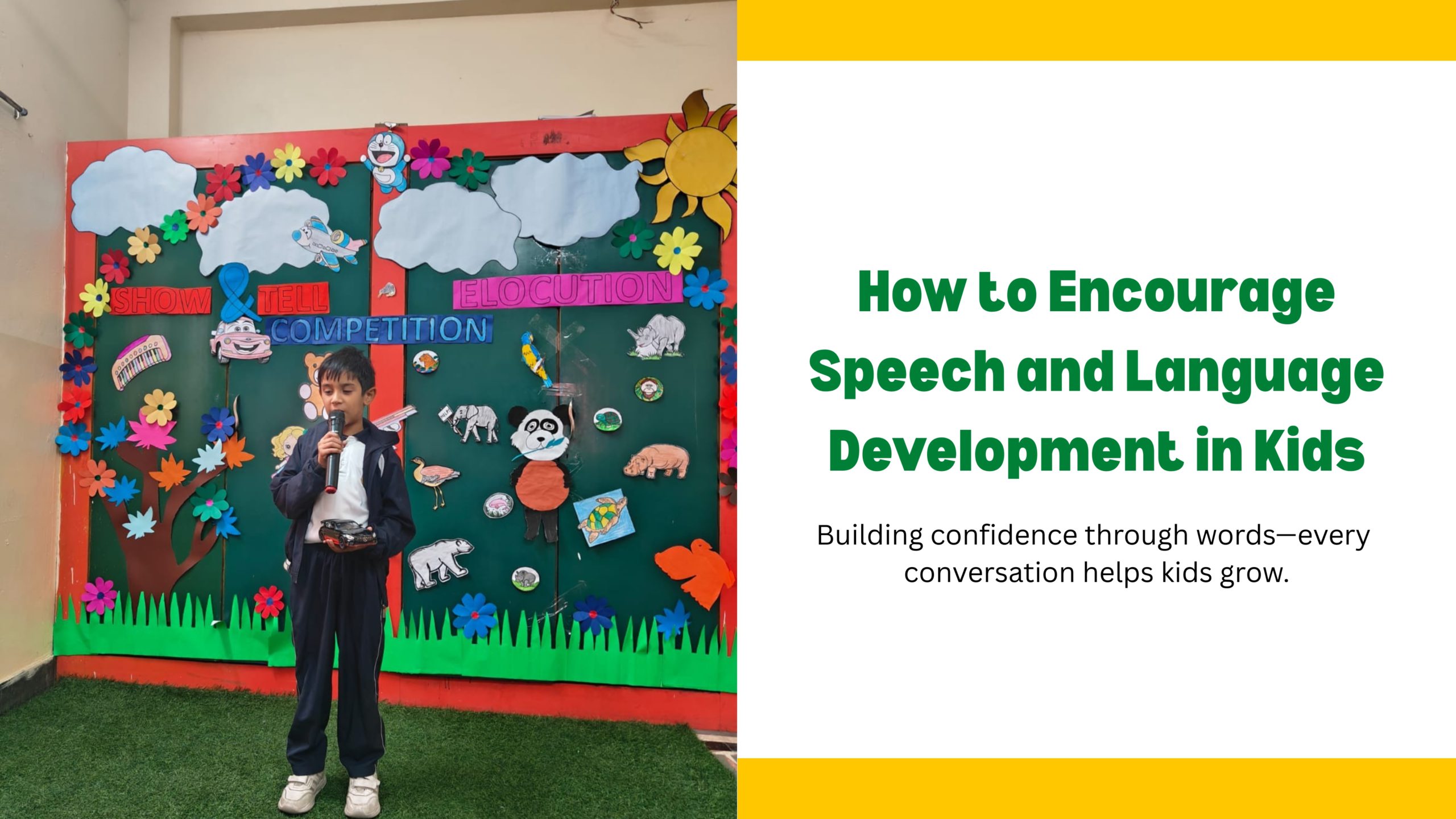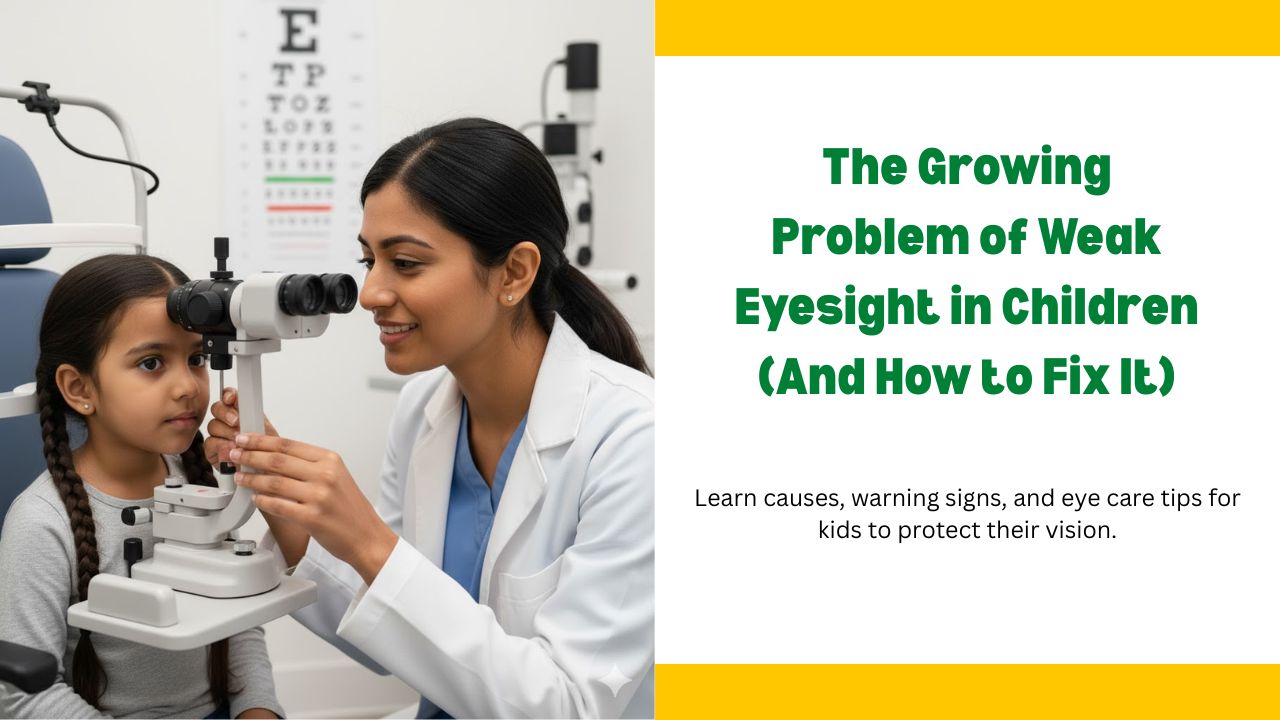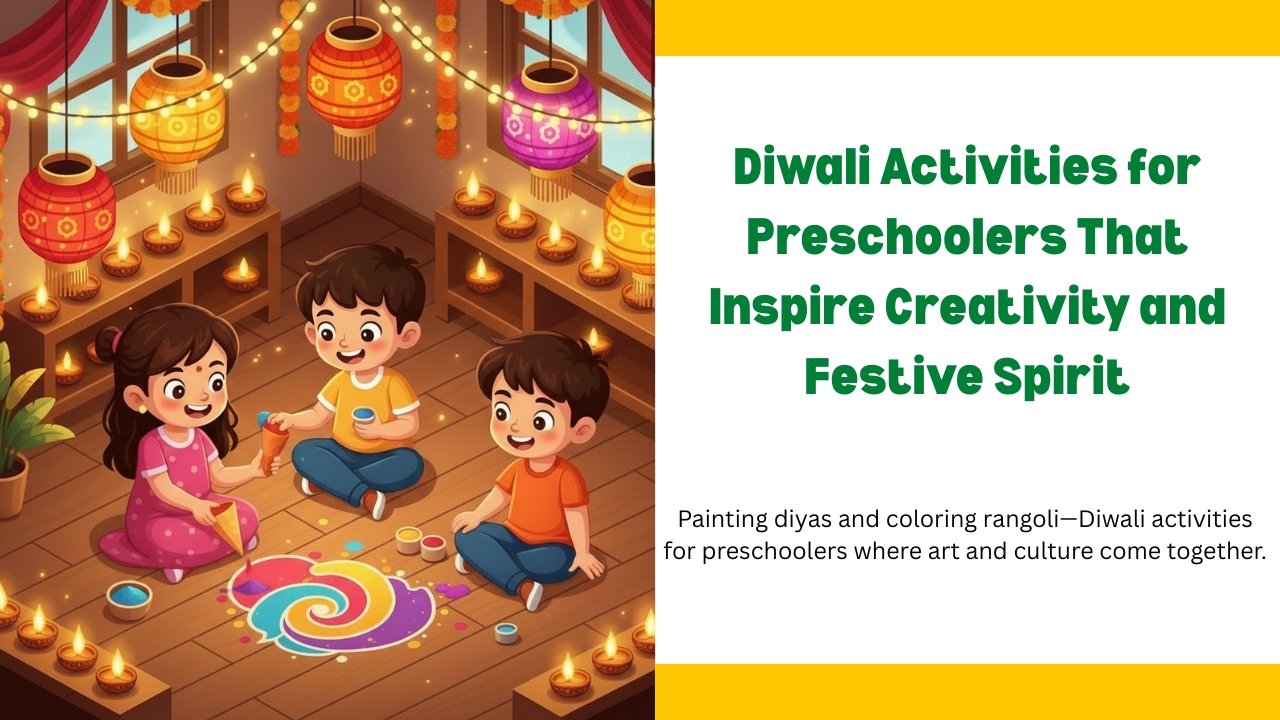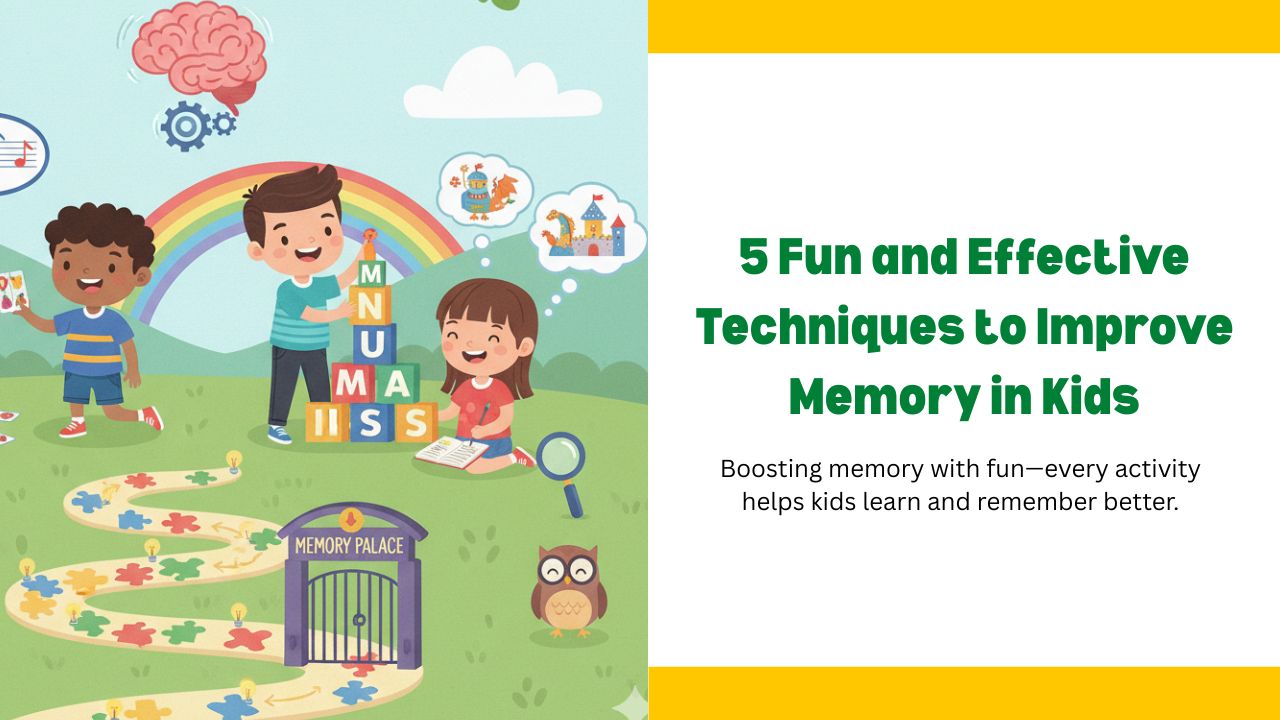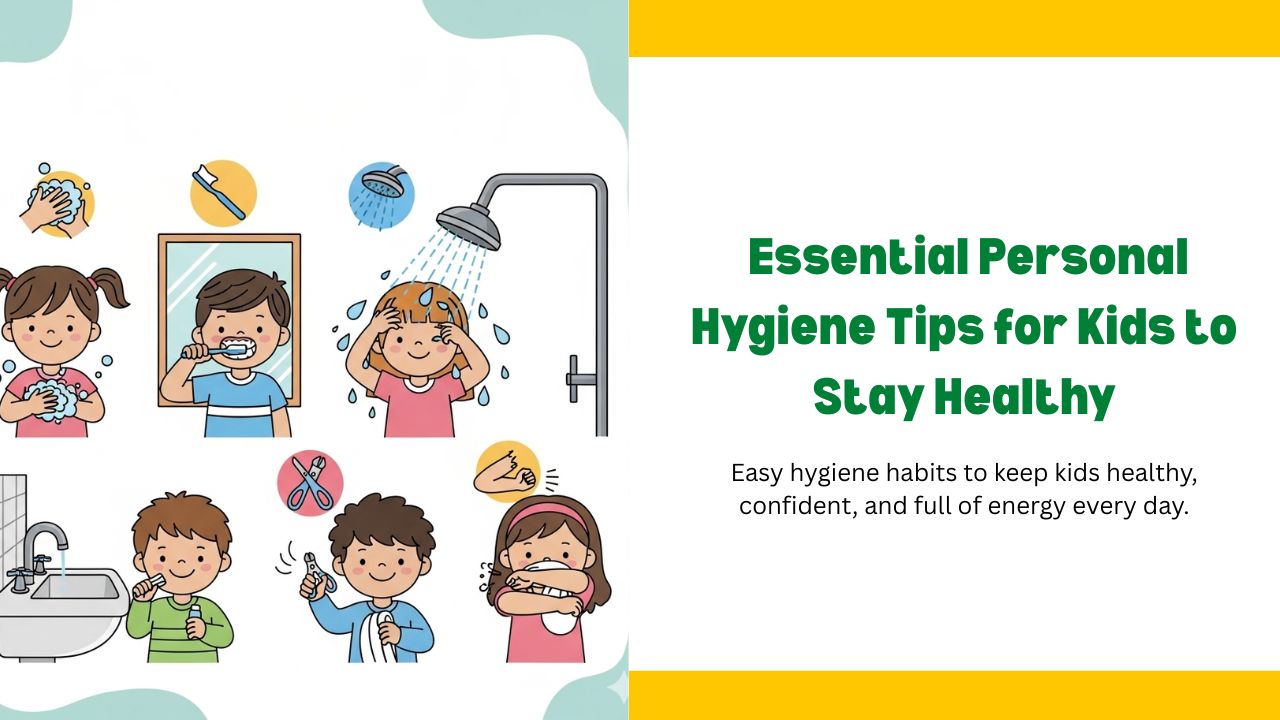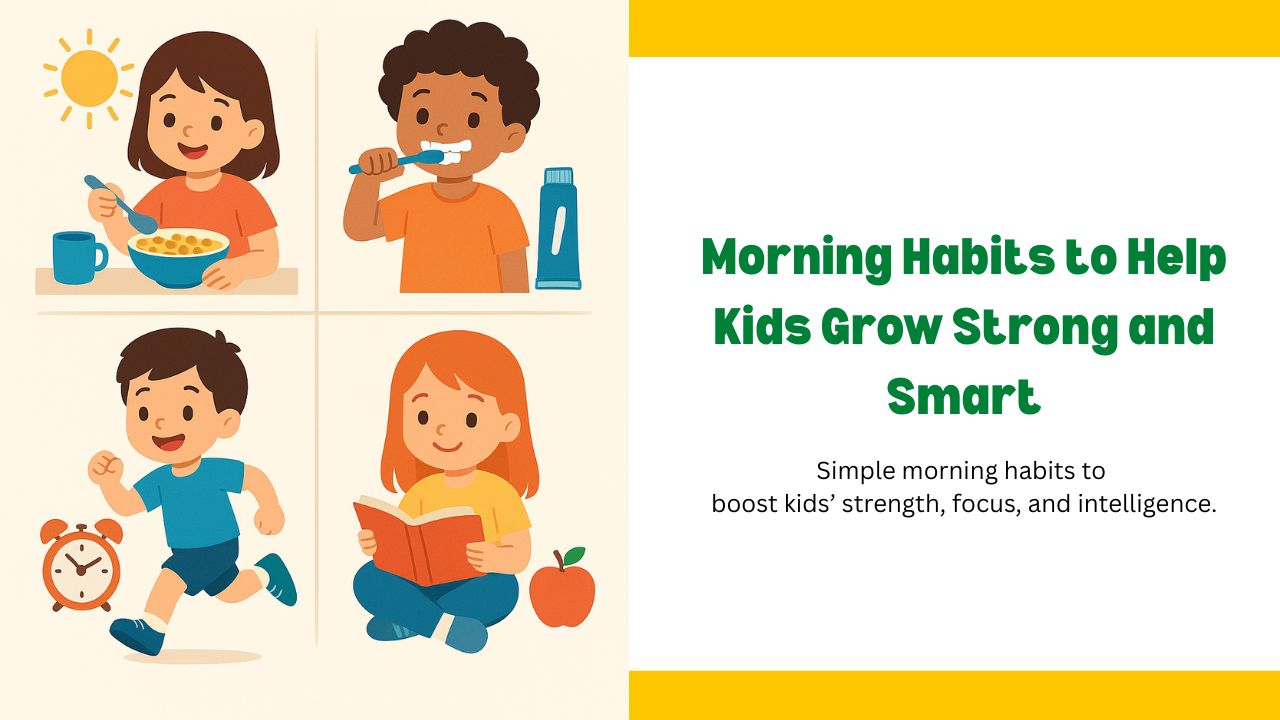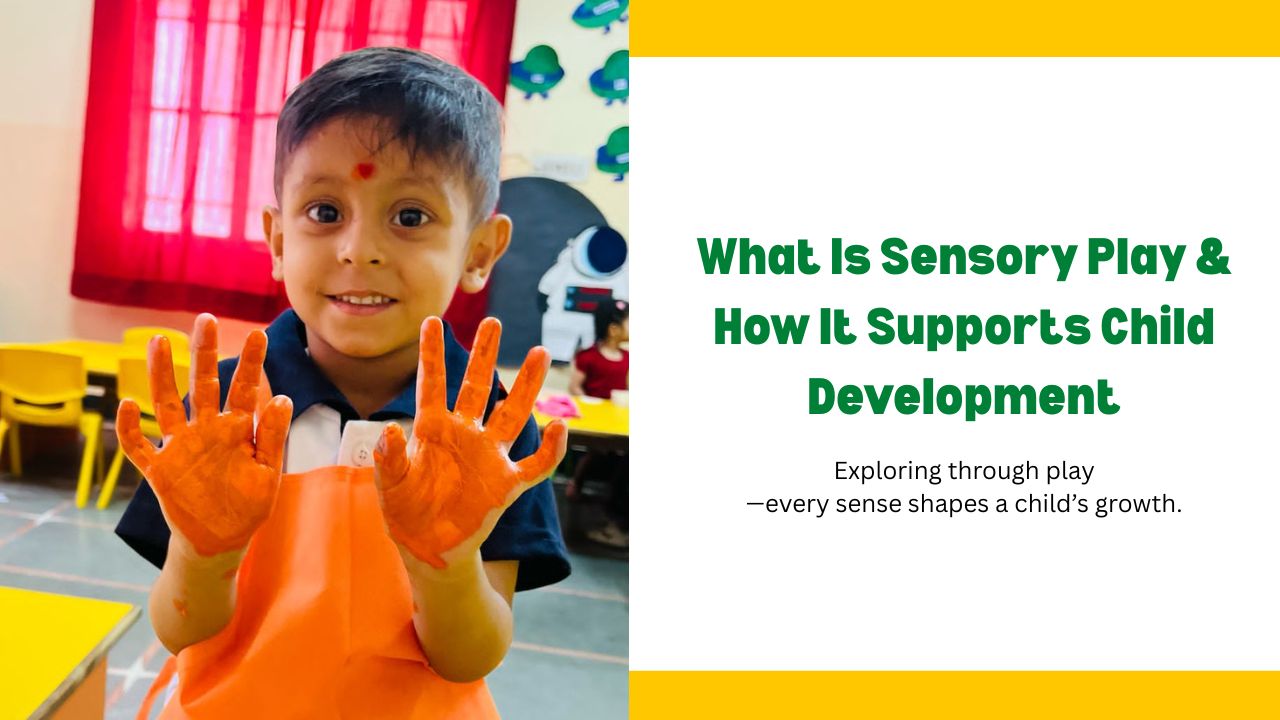Is your toddler saying a few words, but you’re unsure what’s normal? Are you wondering if it’s okay that your 3-year-old is still not forming full sentences? These thoughts are common among parents and caregivers—and for good reason. The early years are crucial for speech and language development in kids, setting the foundation for how they’ll express themselves, connect with others, and learn in school. In this blog, we’ll explore why early communication skills matter, the difference between speech and language, and simple, everyday ways to support your little one’s growth—with warmth, patience, and love.
Why Early Language Development Matters
Language is more than just talking—it’s the heart of learning, connection, communication skills, and confidence. When children can express their needs, ask questions, and share ideas, they become more independent, curious, and engaged. That’s why Speech and Language Development in Kids plays such a vital role during the early years.
Early language development is tied closely to:
- Cognitive growth (thinking, problem-solving)
- Social skills (playing, sharing, turn-taking)
- Emotional expression (naming feelings, managing frustration)
Studies show that children with strong early language and communication skills are better prepared for school, have stronger peer relationships, and develop healthier self-esteem. That’s why supporting these skills during the first five years of life is so important.
Speech vs. Language: What’s the Difference?
These terms are often used interchangeably, but they mean different things:
- Speech is how we say sounds and words. It involves pronunciation, tone, and fluency. Example: saying “ball” clearly.
- Language is how we use and understand words. It includes vocabulary, grammar, and sentence structure. Example: saying “I want the red ball.”
A child may develop one before the other. Some speak clearly but use few words. Others know many words but have unclear speech. Understanding the difference helps in recognizing what your child may need help with.
Everyday Activities That Boost Language
You don’t need fancy tools to help your child speak better—just daily interaction and attention.
Here are easy, powerful ways to encourage language every day:
📖 Read Aloud:
Start as early as infancy. Choose colorful picture books, use animated voices, and let your child turn the pages. Reading builds vocabulary and imagination.
🗣️ Talk Throughout the Day:
Describe what you’re doing—“Now we’re washing hands”—and talk about what your child sees, hears, and touches. Your words become their learning tool.
🎶 Sing Songs and Rhymes:
Nursery rhymes are fun and repetitive—perfect for language memory and rhythm.
🧸 Label Everything:
Name objects, colors, actions, and feelings. “This is a blue spoon.” “You’re feeling sleepy.” Labeling helps them connect words with the world.
👀 Follow Their Lead:
When your child points or shows interest, talk about it! This shows them that communication is powerful and meaningful.
Encouraging Speech Through Play
Children learn best through play—it’s how they make sense of their world. Play-based learning is one of the most effective ways to support Speech and Language Development in Kids while keeping it fun and engaging.
Try these simple, speech-friendly games:
🎲 Peek-a-Boo & Naming Toys:
Games with repetition and surprise encourage speech sounds and eye contact.
📚 Use Picture Books and Storytelling:
Pause while reading and ask questions like, “What’s that?” or “What do you think will happen?”
🎭 Pretend Play:
Use dolls, animals, or kitchen sets to act out mini stories. Take turns talking and inventing scenarios.
🗣️ Repeat and Expand:
If your child says “car,” you can say, “Yes, a red car!” This helps build sentence structure and vocabulary naturally.
When to Be Concerned: Developmental Milestones & Delays
Every child develops at their own pace, but knowing basic milestones can help you track progress:
🧒 By Age 1: Babbles, uses gestures (like waving), says simple words like “mama” or “dada”
👶 By Age 2: Uses 2-word phrases like “more juice,” understands simple instructions
👧 By Age 3: Talks in short sentences, asks questions, clear enough for family to understand
👦 By Age 4–5: Speaks in full sentences, uses descriptive words, tells simple stories
🚩 Red Flags to Watch For:
- No babbling by 12 months
- No words by 18 months
- No combining words by age 2
- Limited eye contact or interest in communication
- Frustration due to lack of speech
If you’re unsure, consult a speech-language therapist or your child’s pediatrician. Early support can make a big difference.
How Parents Can Create a Language-Rich Environment
A language-rich home isn’t about formal lessons—it’s about ongoing interaction, empathy, and encouragement.
🧠 Limit Screen Time:
Too much screen exposure can reduce real-life communication. Interactive play and face-to-face talk are far more beneficial.
👂 Listen and Respond:
Show genuine interest when your child speaks, even if it’s unclear. Your warm attention boosts their confidence.
💬 Engage in Conversations:
Even if they can’t answer yet, ask questions, pause, and wait for a response. This teaches turn-taking.
👣 Follow Their Interests:
If your child loves animals, talk about them, read animal books, and pretend to be animals. Let their curiosity guide the conversation.
Conclusion: Every Word Counts
Supporting your little one’s speech and language doesn’t require perfection—just presence, patience, and playfulness. Every word you say, every book you read, and every game you play adds to their communication toolbox.
Remember, language isn’t just about talking—it’s about connecting. And connection begins at home.
📚 Building Strong Communicators at Laureate High School
At Laureate High School, we believe that language is the foundation for unlocking a child’s full potential—emotionally, socially, and academically. Our early learning environment is designed to spark curiosity and confidence through interactive storytelling, guided play, and meaningful conversations.
🌱 Want to learn how we nurture communication skills from the very beginning?
Get in touch—we’d love to connect with you!

